MIRCEA ELIADE A HISTORY OF RELIGIOUS IDEAS
Volume 3 | From Muhammad to the Age of Reforms |
The University of Chicago Press
Chicago and London
The University of Chicago Press, Chicago 60637
The University of Chicago Press, Ltd., London
1985 by Mircea Eliade
All rights reserved. Published 1985
Paperback edition 1988
Printed in the United States of America
15 14 13 12 11 10 09 08 07 06 7 8 9 10 11
Library of Congress Cataloging-in-Publication Data
Eliade, Mircea, 19071986
A History of religious ideas.
Translation of Histoire des croyances et des ides religieuses.
Includes bibliographies and indexes.
CONTENTS: 1. From the stone age to the Eleusinian mysteries.v.2. From Guatama Buddha to the triumph of Christianity.v.3. From Muhammad to the age of reforms.
1. ReligionHistory. 2. ReligionsHistory. I. Title.
BL48.E3813 291 7716784 AACRI
ISBN-13: 9780-22620401-7 (vol. 1, paper)
ISBN-10: 0226-204014 (vol. 1, paper)
ISBN-13: 978-0-226-14769-7 (vol. 1, e-book)
ISBN-13: 9780-22620403-1 (vol. 2, paper)
ISBN-10: 0226-204030 (vol. 2, paper)
ISBN-13: 978-0-226-02735-7 (vol. 2, e-book)
ISBN-13: 9780-22620405-5 (vol. 3, paper)
ISBN-10: 0226-204057 (vol. 3, paper)
ISBN-13: 9780-22614772-7 (vol. 3, e-book)
Originally published in French under the title Histoire des croyances et des ides religieuses. Vol. 3: De Mahomet lge des Rformes. Payot, Paris, 1983.
 The paper used in this publication meets the minimum requirements of the American National Standard for Information SciencesPermanence of Paper for Printed Library Materials, ANSI Z39.481992.
The paper used in this publication meets the minimum requirements of the American National Standard for Information SciencesPermanence of Paper for Printed Library Materials, ANSI Z39.481992.
Translated from the French by
Alf Hiltebeitel and Diane Apostolos-Cappadona
For Christinel
Contents
The delay with which this third volume appears is due to reasons of health: as time goes by my vision continues to dwindle, and because of a stubborn arthritis, I write with difficulty. This obliges me to complete the last part of A History of Religious Ideas with the collaboration of several of my colleagues, selected from among my former students.
As the reader will not fail to notice, I have modified the plan announced in the Preface of volume 2. I have continued the history of the Christian churches as far as the Enlightenment, and I have transferred the chapters on the expansion of Hinduism, medieval China, and Japanese religions to the final volume. I have devoted four chapters to the history of the beliefs, ideas, and religious institutions of Europe between the fourth and seventeenth centuries. But I have concentrated less on the familiar creations of Occidental thought (e.g., Scholasticism, Reformation) than on certain phenomena which have largely passed into silence or been minimized in the manuals: heterodoxies, heresies, mythologies, and popular practices such as sorcery, alchemy, and esotericism. Interpreted in their proper spiritual horizon, these religious creations have their own special interest and occasionally their grandeur. In any case, they have become integrated into the religious history and culture of Europe.
An important section of the final volume of A History of Religious Ideas will be a presentation of the archaic and traditional religions of America, Africa, and Oceania. In fact, in the final chapter, I will undertake to analyze the religious creativity of modern societies.
I wish to thank Professor Charles Adams, who had the kindness to read chapters 33 and 35, and who communicated to me a number of precise observations. It is I, however, who am responsible for the interpretation of Shism and Muslim mysticism, an interpretation grounded in the hermeneutic of my lamented late friend, Henry Corbin. I would like to acknowledge my colleague and friend, Professor Andr Lacocque, for the care with which he read and corrected the entire text of this present volume, and my publisher and friend, Jean-Luc Pidoux-Payot, for his patience and for the interest with which he has followed the elaboration of this work.
The presence, affection, and devotion of my wife have helped me to triumph over the fatigue and the discouragements provoked by my sufferings and infirmities. It is indeed thanks to her that this volume has been achieved.
The Religions of Ancient Eurasia: Turko-Mongols, Finno-Ugrians, Balto-Slavs |
Hunters, nomads, warriors
The terrible invasions of the Turko-Mongolsfrom the Huns in the fourth century to the time of Tamburlaine in the fourteenthwere inspired by the mythic model of the primitive hunter of Eurasia: the carnivore pursuing his game on the steppes. In the suddenness and rapidity of their movements, their massacres of entire populations, and their annihilation of the external signs of sedentary cultures (towns and villages), the horsemen of the Huns, Avars, Turks, and Mongols were like packs of wolves hunting the cervidae on the steppes or attacking the herds of nomad shepherds. Certainly, the strategic importance and political consequences of this behavior were well known by their military chiefs. But the mystical prestige of the exemplary hunter, the carnivore, played a considerable role. A number of Altaic tribes claimed a supernatural wolf as their ancestor (cf. 10).
The flashing apparition of the Empires of the Steppes and their more or less ephemeral character still fascinate historians. In effect, the Huns in 374 crushed the Ostrogoths on the Dniester, provoking the precipitous migration of a series of other Germanic tribes, and then, leaving the Hungarian plains, ravaged several provinces of the Roman Empire. Attila succeeded in overwhelming a large part of central Europe, but shortly after his death (453), the Huns, divided and bewildered, disappeared from history. Similarly, the enormous Mongol Empire created by Genghis Khan in twenty years (12061227) and expanded by his successors (to Eastern Europe after 1241; to Persia, Iraq, and Anatolia after 1258; and to China in 1279) declined after the failure to conquer Japan (1281). The Turk Tamburlaine (13601404), who considered himself Genghis Khans successor, was the last great conqueror inspired by the model of the carnivores.
We must insist that these various barbarians surging from the Central Asian steppes were not unaware of certain cultural and religious creations of civilized peoples. Moreover, as we will see in a moment, their ancestors, prehistoric horsemen and nomadic shepherds, had likewise benefited from the discoveries made in the diverse regions of southern Asia.
The populations speaking Altaic languages occupied a vast territory: Siberia, the Volga region, central Asia, north and northwest China, Mongolia, and Turkey. Three principal branches are distinguished: (1) common Turkish (Uigur, Chagatai); (2) Mongol (Kalmyk, Mongol, Buryat); and (3) Manchu-Tungus. The primitive habitat of these Altaic peoples had in all likelihood been the steppes around the Altai and Ching-hai mountains, between Tibet and China, extending to the north, as far as the Siberian taiga. These diverse Altaic groups, as well as the Finno-Ugrian populations, practiced hunting and fishing in the northern regions, nomadic shepherding in central Asia, and, in a very modest way, farming in the southern zone.
From prehistory, northern Eurasia had been influenced by cultures, skills, and religious ideas coming from the south. The breeding of reindeer in the Siberian regions had been inspired by the domestication of the horse, most probably effected on the steppes. The centers of prehistoric commerce (for example, the Island of the deer on Lake Onega) and metallurgy (Perm) had played an important role in the elaboration of Siberian cultures. Furthermore, central and northern Asia had gradually received religious ideas of Mesopotamian, Iranian, Chinese, Indian, Tibetan (Lamaism), Christian (Nestorianism), and Manichaean origin, to which it is necessary to add the influences of Islam and, more recently, of Russian Orthodox Christianity.
Next page

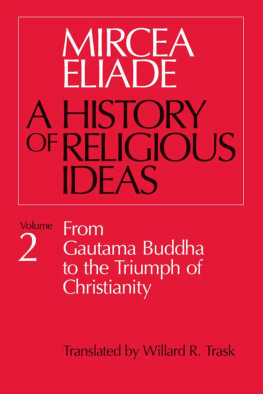
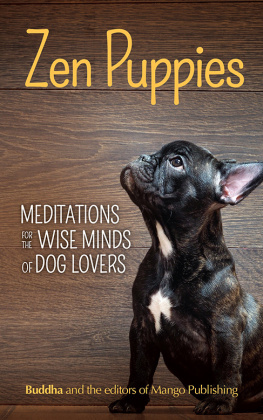
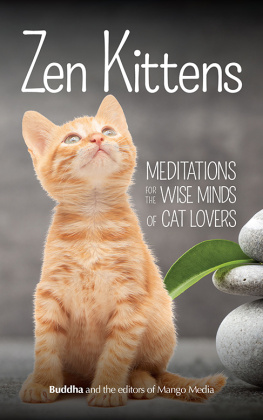

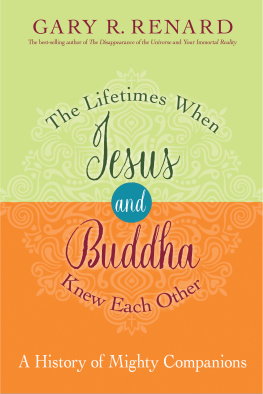
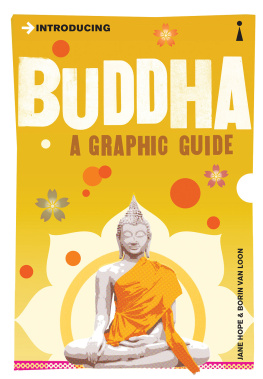
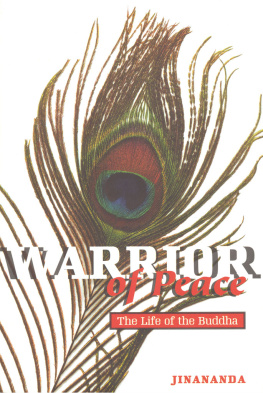
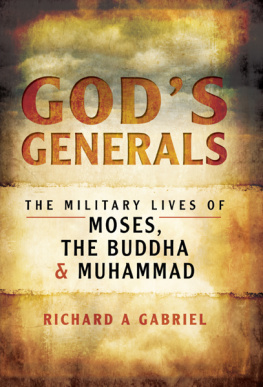
 The paper used in this publication meets the minimum requirements of the American National Standard for Information SciencesPermanence of Paper for Printed Library Materials, ANSI Z39.481992.
The paper used in this publication meets the minimum requirements of the American National Standard for Information SciencesPermanence of Paper for Printed Library Materials, ANSI Z39.481992.